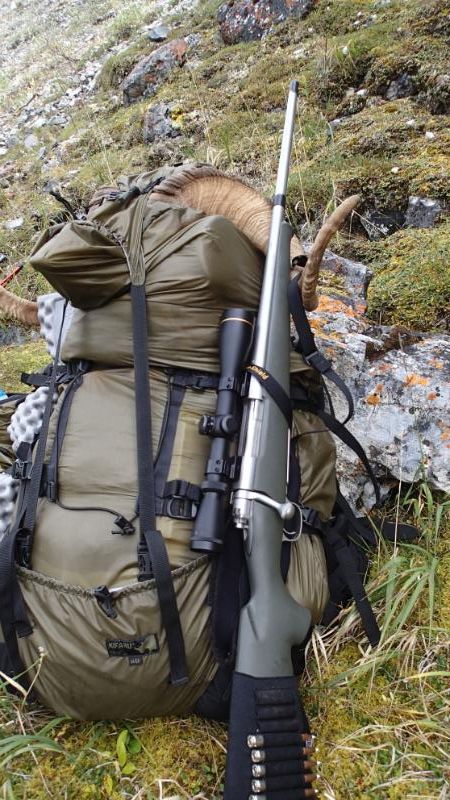With the availability of waterproof stuff sacks, IMO there isn't a compelling reason for a water-proof pack.
Yes there is. Stuff sacks add weight as does a wet pack. A pack that is not holding water is so much easier to deal with IMO
With the availability of waterproof stuff sacks, IMO there isn't a compelling reason for a water-proof pack.
Yes there is. Stuff sacks add weight as does a wet pack. A pack that is not holding water is so much easier to deal with IMO
Interesting. Rockchucker, did you get my PM? I need to learn more about Paradox. Also, I just came back from a trip where it literally rained non stop for 5 straight days. I need more than 15 min before I get too excited.
Yes there is. Stuff sacks add weight as does a wet pack. A pack that is not holding water is so much easier to deal with IMO
The weight penalty of stuff sacks in this day and age is minimal (i.e. StS has a full pack liner that is 4.4 oz. and cuben is even lighter than silnylon), and for me they help with organization as well. Moreover, if I make camp and leave gear there (i.e. sleeping bag, extra clothes) I strongly prefer to have protection for the gear I leave as well as the gear I carry, so waterproof stuff sacks adds versatility. As the OP figured out, it is really important to keep your gear dry on an unsupported hunt.
Those who run a water bladder inside their packs will want to protect their gear from water regardless of the exterior pack material. I see that with the Paradox packs they have an external accessory for a bladder, but at least for me that puts the water in about the worst possible spot - farthest from your back and right where my bow would get strapped to the pack which could create a host of issues. The bottom line is that it is all about tradeoffs.
There isn't a "right" answer to how to do it, but for me the waterproofness of the pack is a low priority because the mitigant is easy and provides me additional functionality.
SDHNTR,Thanks Larry. I understand that 100% waterproof is not totally possible, but I'd be happy just with a pack fabric that didn't absorb water. Any degree of waterproofness for the contents would just be a bonus. A big pack with saturated fabric is at least an extra 10 pounds.



Actually, in my testing a rolltop VX21 bag with a side zip survived a controlled 15 minute drenching rain with no water penetration.
Honestly I was a bit surprised. I thought water would get in through the side zip but none did. I attribute that mostly to the rain flap and compression system holding the flap down.
Rolltop style bags are inherently more waterproof as well.
A big pack with saturated fabric is at least an extra 10 pounds.
SDHNTR,
Although your question seems like a simple one, in reality it isn't and neither is the answer. There are many challenges that come with stopping water from seeping into a packs body and many factors that affect a packs waterproofness.
Fabric: yes, you can apply waterproofing to the fabric or make a pack from a waterproof fabric. Unfortunately, waterproofing needs to be reapplied periodically, fabric stretches (even waterproof fabric) over time or under the stress of a full load which makes small gaps in the fabric that water can seep in through. Where the fabric is stretched or pulled tight against you, like the top of your rain jacket where it always gets wet first, it is also more likely to have water leak in. Over time anything made of woven material will stretch and be less watertight, it's just a fact of life. Waterproofing it will help solve the problem of a wetted out pack absorbing a few pounds of water weight, so just refresh it each season.
Zippers: Many pack designs include zippers for easier access to the interior of the pack or into external pockets. From a practical perspective it it impossble to make a waterproof zipper that will also be easy to open and close; water will get in. So, if you like zippers on your pack bag body then water will get into the pack bag. If you don't like or want zippers then you have one less way for water to get into your pack bag.

